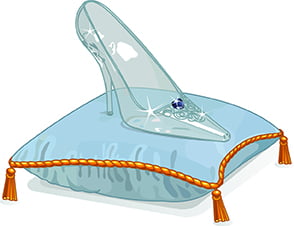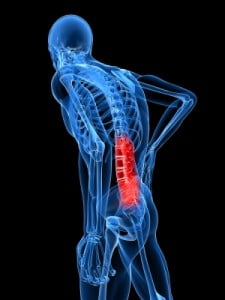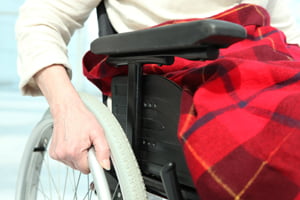John Bonica, M.D. a world renowned anesthesiologist at the University of Washington in Seattle was the individual most responsible for the creation of a new specialty, Pain Medicine. In 1977 The American Pain Society was founded and became the United States national chapter in the International Association for the Study of Pain. Complicated difficult to treat pain patients were usually not successfully treated by a physician representing one medical discipline and thus the multi-disciplinary pain treatment model was created.
It was understood that belief systems about the patients’ pain such as –“having pain means I am harming myself “ resulting in the avoidance of activities that produce discomfort and eventually eliminating many important activities in the patients life with resulting deconditioning, depression, pain drug use, dollars spent and ultimately disability. Pain becomes the focus of life and the more it is pondered the worse it feels. Multi-disciplinary teams composed of a pain management physician, psychiatrist, psychologist, social worker, occupational therapist, physical therapist and pain team nurses provide weeks of intensive full day treatment programs with remarkable success in restoring function to patients disabled with persistent pain.
There is an organization called Cochrane Collaborations that reviews various medical treatments to determine if they have been adequately studied and the results of the studies indicate that they are effective, ineffective or undetermined. Almost all of the treatments for back pain have been found to be neither ineffective or effective, meaning the evidence is out and more and better studies are needed- but multi-disciplinary pain centers have consistently been found to be effective for the treatment of chronic back pain. In the early 1990s there were more than a hundred pain centers certified by the Commission on Accreditation of Rehabilitation Facilities and despite the success of multi-disciplinary programs , close to half of them are no longer operating.
One reason for the closing of many centers was the pull back by insurance carriers for payments for non-interventional pain treatment services. Doing a procedure seemed to be considered more valid and worthy of payment than a non-invasive service even if it was effective in reducing pain, improving function and lowering future cost of care. Today some of the best pain centers cannot survive by depending on insurance payments and are forced to charge their patients large out of pocket sums in order to remain in operation. Some of these insurance carriers that will not pay for comprehensive pain centers will routinely pay for procedures of questionable effectiveness.
Please refer back to the past two blogs to find the background material for todays blog. Although the number of CARF approved pain centers in the US halved, the number of outpatient pain centers mushroomed. The services provided however focused on two areas:
- Medication management
- Nerve blocks and other invasive procedures.
Although many patients could be helped with one or both of these approaches, many patients in need of physical therapy and psychological services that were integrated with the overall treatment plan, would no longer receive optimal treatment. Reimbursement would be the driver of care rather than the needs of the patient. Centers could not stay in business and provide care that insurance companies would not cover. The shift toward procedures became an accepted standard of care and new organizations of pain physicians were formed whose membership focused predominantly on invasive procedures.
The cost of services for the treatment of back and neck pain, now with many less comprehensive multi-disciplinary centers, has nonetheless continued to rise at an alarming rate . Some of the increased cost is because of more numerous and complicated surgeries . The bottom line is that we are spending more money each year on neck and back pain in the US, approximately the same as we spend on Cancer, and not getting good results.

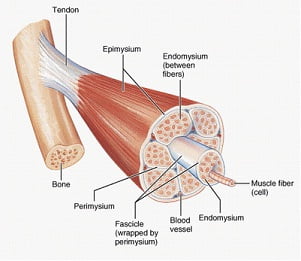
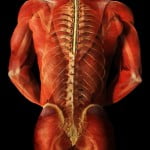

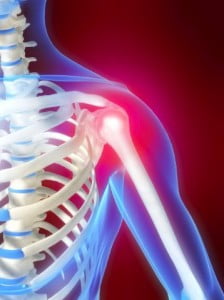
 A recent study of office workers who complained of weekly headaches examined the effect of a simple resistance exercise program for the neck and shoulders, and found an approximately 50% reduction in headache frequency.
A recent study of office workers who complained of weekly headaches examined the effect of a simple resistance exercise program for the neck and shoulders, and found an approximately 50% reduction in headache frequency.
